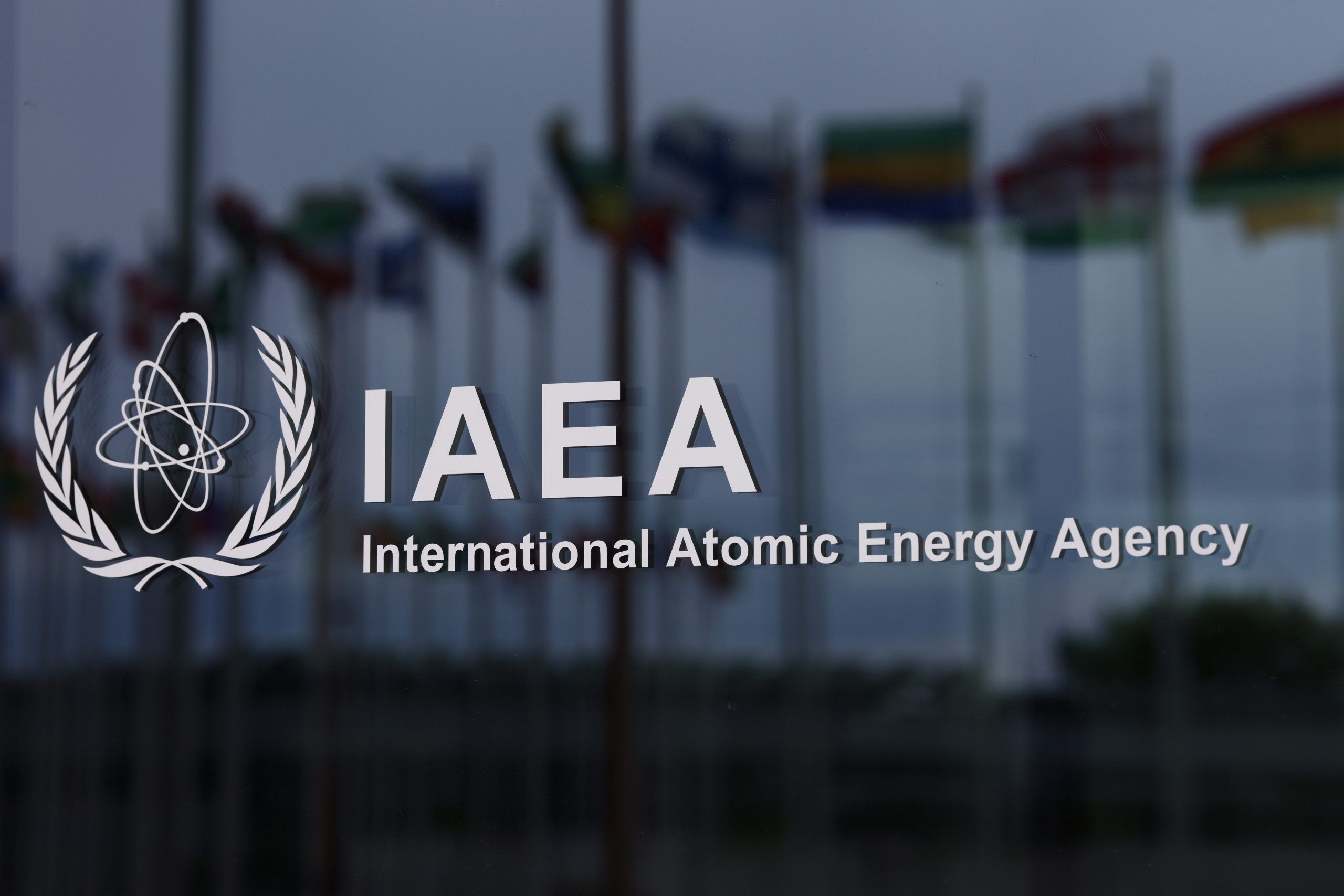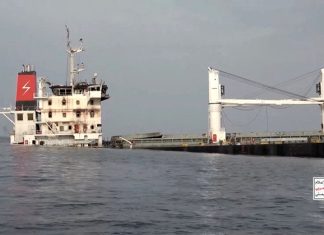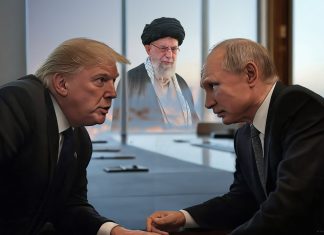By Francois Murphy
VIENNA, Nov 17 (Reuters) – The U.N. nuclear watchdog on Wednesday issued reports detailing its conflicts with Iran, from rough treatment of its inspectors to re-installing cameras it deems “essential” for the revival of Tehran’s nuclear deal.
Indirect negotiations between Iran and the United States on reviving the 2015 deal are due to resume on Nov. 29, after a quarterly meeting of the International Atomic Energy Agency’s 35-nation Board of Governors at which diplomats say no action is likely to be taken against Iran for fear of harming the talks.
But in two confidential reports to member states seen by Reuters, the IAEA said Iran had still not granted its inspectors the access it promised two months ago to re-install surveillance cameras at a workshop that was the victim of apparent sabotage in June. Iran blames Israel for the attack.
“This is seriously affecting the Agency’s ability to restore continuity of knowledge at the workshop, which has been widely recognised as essential in relation to a return to the JCPOA,” one of the reports said, using the abbreviation for the deal, the Joint Comprehensive Plan of Action.
That deal with major powers lifted sanctions against Tehran in exchange for restrictions on Iran‘s nuclear activities. Washington pulled out under then-President Donald Trump in 2018, prompting Iran to breach many of the restrictions.
The workshop at the TESA Karaj complex makes components for centrifuges, machines that enrich uranium. One of four IAEA cameras there was destroyed. Iran then removed them all, and the footage from the destroyed camera is missing.
TESA Karaj was one of several sites where Iran agreed on Sept. 12 to grant IAEA inspectors access to service monitoring equipment and replace memory cards due to fill up with camera footage and other data. Access was granted at the other sites.
The other report said that Iranian security guards continued to perform “excessively invasive physical searches” of IAEA inspectors.
(Reporting by Francois Murphy Editing by Peter Graff and Gareth Jones)






